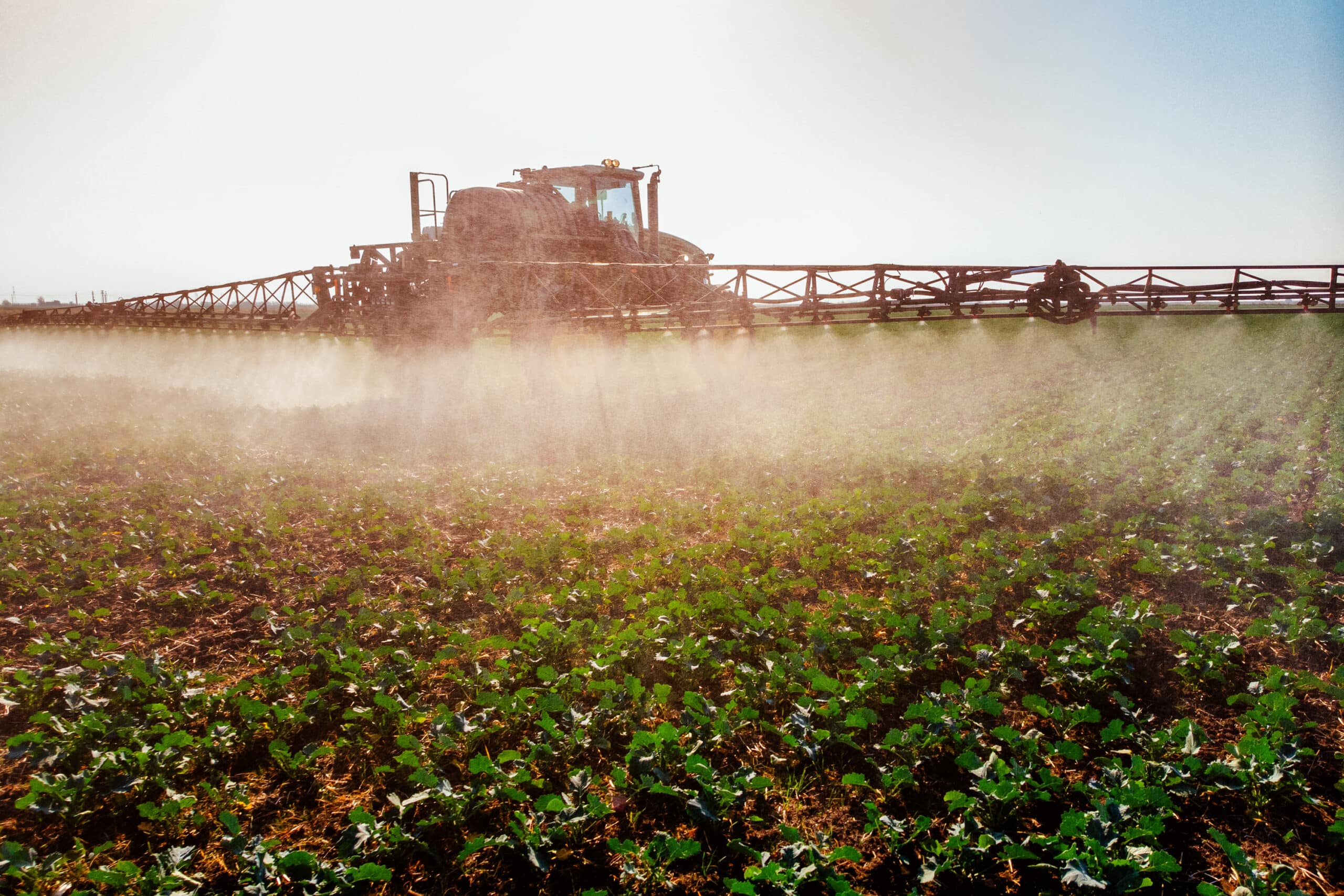SWAT MAPS and Herbicide Degradation

Herbicides are a critical tool on any farm but we need to utilize them carefully as resistance builds and options are limited. While ensuring we are killing target weeds, we also need to be conscious about rates and potential carry over issues. Soils often get regarded as a medium for nutrients, but soils have a large capacity of influencing several factors; one being its role in herbicide breakdown and potential carryover as well. Major soil components that contribute to herbicide breakdown are moisture, pH and soil texture. SWAT MAPS delineate each of these areas and allows us to accommodate accordingly.
Moisture plays a large role in microbial activity and can largely influence herbicide breakdown. Whether it is to dry or too wet, microbes are not active and therefore, not breaking down herbicide. For example, clopyralid (e.g., Lontrel) is almost completely broken down by microbes. If a year is very dry, there can be re-cropping issues with such herbicides.
Soil pH is very important to crop production in general. Too low or too high soil pH creates implications for many nutrients and limits plant growth. Regarding herbicides specifically, the pH can affect the rate of degradation. For example, sulfonylureas (e.g., Express Pro) will break down much faster in low pH and persist longer in high pH.
Soil texture tells us the soil's ability to hold onto nutrients and herbicides. Sandy soils are coarser and typically hold onto less nutrients and herbicides. Clay soils or soils with high organic matter will hold onto significantly more. This is demonstrated in many soil applied herbicides such as triallate (Avadex) and pyroxasulfone (Focus) where the rate of application needs to increase as organic matter increases.

SWAT MAPS use 10 zones that identify these parameters in each zone to better understand your field to manage fertility and issues such as herbicide efficacy and carryover. Zone 1 is typically a drier, sandier area of the field – so if you have a herbicide requiring moisture and microbial breakdown, this may be where you see issues. Zone 10 is typically the lower, wetter area of the field, and often the area with a higher EC – often relating to depressions and soil structure issues. If this area is so wet that it inhibits microbial activity, breakdown of herbicides can be delayed. Soil pH will vary by each SWAT Zone and will help determine where issues may be seen in the field and possibly accommodated for in herbicide selection. Organic matter will also vary by SWAT zone – where it is higher, it may bind soil applied herbicides tighter, and require a higher rate of product to be effective. With soil applied herbicides, a SWAT MAP gives us the ability to variable rate these herbicides to ensure we are using effective rates, as well as being as economical as possible.
SWAT zones bring out a lot of information about each field and allow us to help manage herbicide efficacy for the long term. It is important to follow each herbicide label from the manufacturer to ensure proper use of the herbicides.









